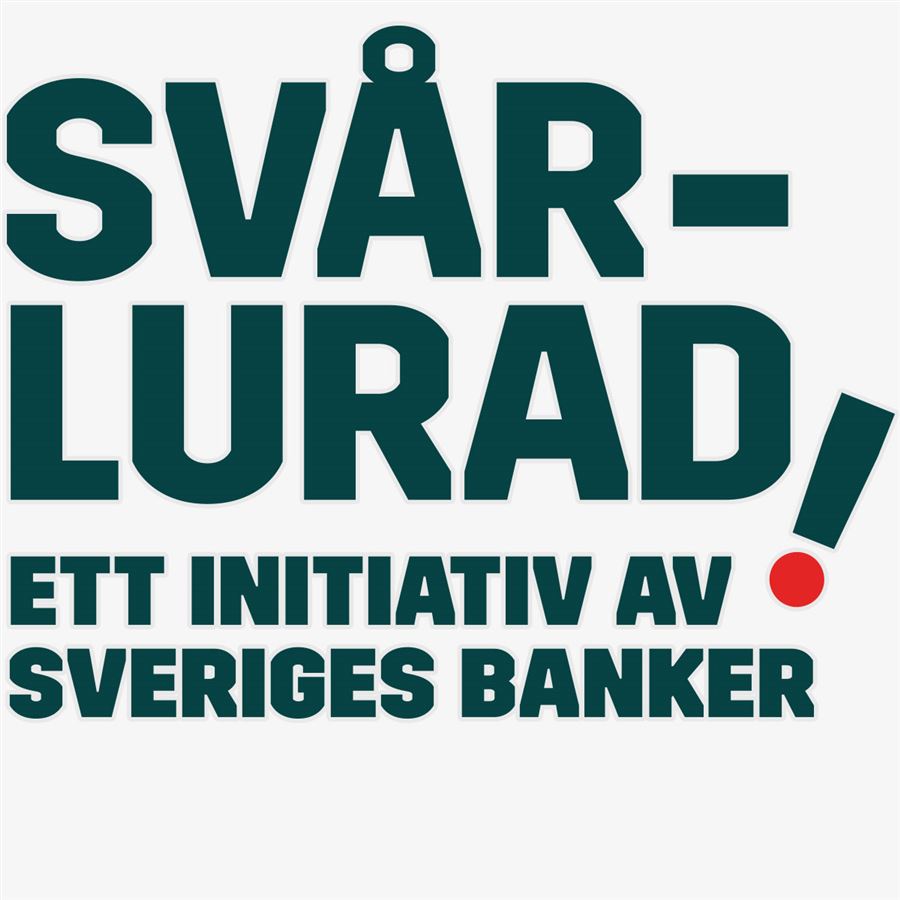Contact the bank
If you are a victim of a fraud, or suspect you are, you must immediately contact your branch office or contact Personlig service on telephone 0771-77 88 99 to block your BankID.
You must also report the crime to the Police
Important information
Find out how to avoid being scammed and what to look out for.
- We will never contact you and prompt you to log in, ask you for BankID or to enter codes over the phone
- Never give up verification codes from your card reader over the phone, SMS, chat or mail
- Logging in must always be on your own initiative
Block your code or card
If you suspect that someone has gained access to your code, card number or other important information you must block it.
Call Personlig service
In Sweden: 020-41 12 12
Other countries: +46 8 41 12 122
Open 24h every day.



